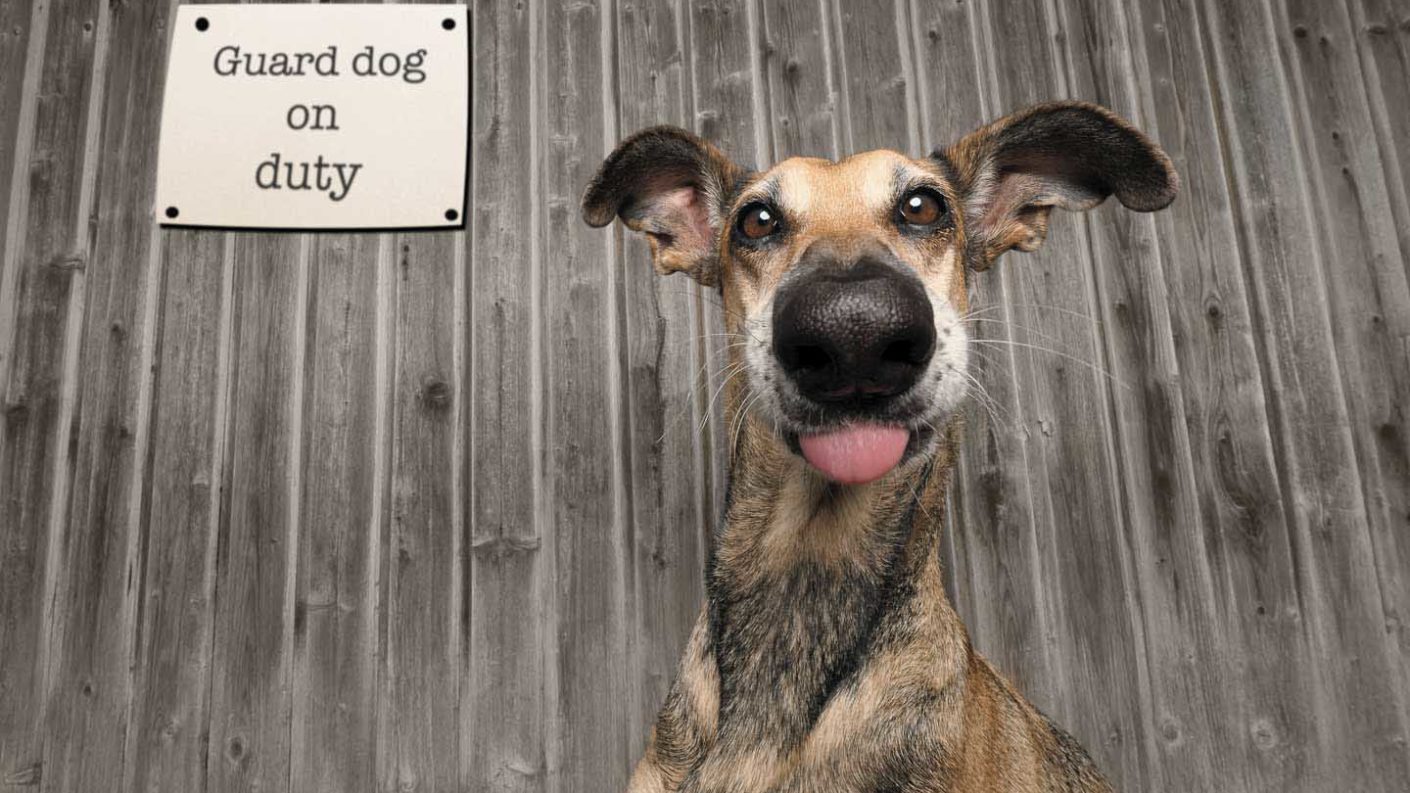Elke Vogelsang is a commercial and editorial photographer, specialising in pet portraiture and based in Hildesheim, Germany. Her work has appeared in numerous adverts, on US and German television and has been published in books, newspapers and magazines globally, including National Geographic, The Sunday Times Magazine and The Daily Telegraph. She’s also the author of ‘Nice Nosing You – for the love of life, dogs and photography’. I spoke with Elke to find out more about her stunning images and fascinating career.

How did you get into photography and what made you decide to become a photographer?
I grew up in a photography- and dog-loving family. When my first dog, Noodles joined us in 2007, I felt I needed to improve my photographic skills to do justice to her beauty and charming character.
A few years after this, my husband and I took care of my mother-in-law when she was diagnosed with dementia. She was a lovely lady, but dementia is not that lovely. Two years into this journey I decided to look for a creative outlet to help me through this stressful time. I planned to start a one-picture-a-day project, beginning on 1st January 2010. But shortly before this, at Christmas 2009, I found my husband unconscious in the bathtub. The diagnosis was a severe brain haemorrhage due to a ruptured aneurysm.
I decided to start the project, despite my husband being in hospital, or rather because of it, as I wanted to try to keep up a bit of normality and have something like a visual diary for my husband of that time while he was in an induced coma, and later on had no short-term memory at all for months. Often, my dogs found themselves in front of my camera which, alongside my photography, was a welcome distraction.
Thankfully, my husband recovered fully, but the care for sick and old relatives went on. Photography had turned into a passion of mine and I didn’t want to stop taking pictures. More and more people asked me if I could photograph their dog too.
Finally, I decided to try to do more of what I love (being creative with photography) and registered a business as a photographer.
That was in May 2011.
I worked passionately on improving my photography, marketing and business skills. Nothing happened overnight. It was a slow but rewarding journey. After only a few years I was able to leave behind my job as a technical translator and now work full time as a professional photographer specializing in pet portraiture.
My photographs of dogs have gained international fame, awarded with appearances on television, including the Good Morning America show, and features in publications worldwide, among them, National Geographic, The Daily Telegraph, The Huffington Post, La Repubblica, and many more.
My work has also been on the covers of dozens of magazines, including The Sunday Times Magazine. This whole journey is very exciting and a challenge I’m very happy to pose myself.
So, I guess this is my silver lining story.
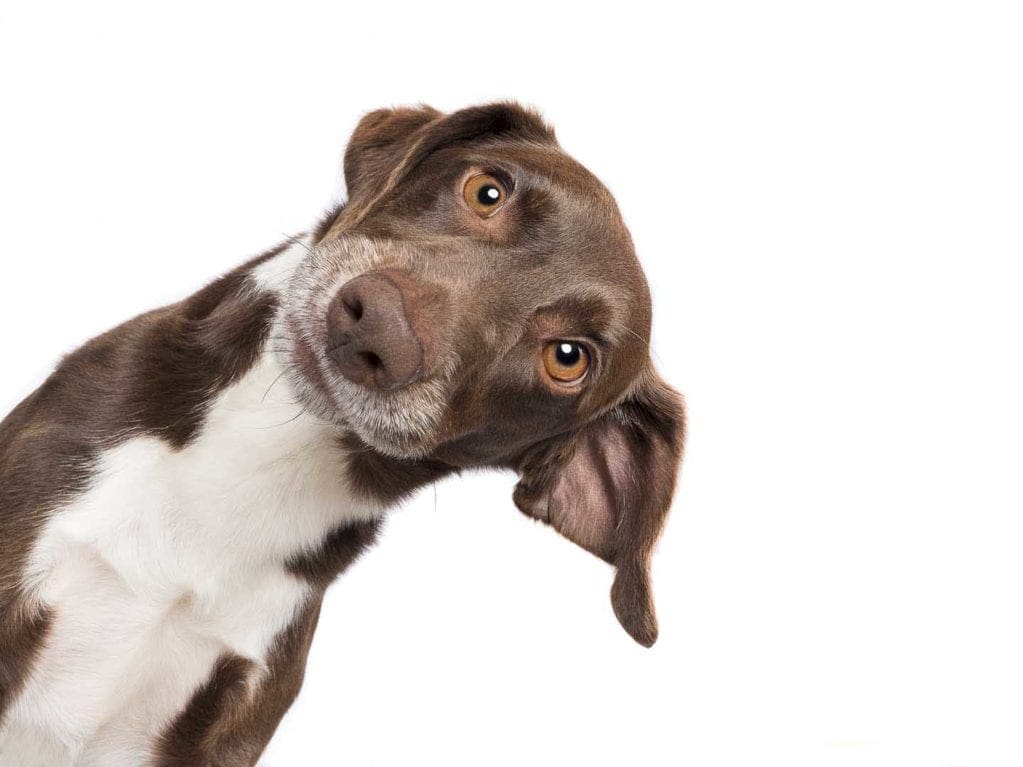
What kit do you shoot with and what are your essentials for a shoot?
I’m a Fujifilm X photographer and shoot with Fujifilm X cameras. My workhorse is the X-T3, which is reliable and fast, and a pleasure to work with.
If you want your equipment to be as versatile as possible, make sure you have a wide-angle zoom and a telephoto zoom, both offering a large aperture of at least f/2.8. That’s what I have in my bag when I’m outdoors with dogs I don’t know, as I want to be as flexible as possible.
Personally, I prefer prime lenses, as they are often more lightweight and offer very high quality at a lower price. My two favourites are the Fujinon XF16mm f/1.4 and the Fujinon XF90mm f/2.
For studio flash I use a Jinbei HD610HSS, which allows for high-speed synchronization; handy when working with animals and a bit of action in the studio.
Alongside photography equipment, it’s essential to always have yummy treats for the dogs, as well as toys, and some noisemakers to get that cute head tilt from your model. A ball, a water bowl, brush and towels are also always a good idea.
Read Our Fuji X-T3 Review
What are your 3 top accessories?
I always have a reflector with me. It’s useful to get some light into the face of the dog or under the chin. I often let dogs sit on it to make sure they get some reflected light from below. If I don’t use it to direct some fill light, I lie on it outdoors.
In my studio, reflectors are essential as I usually only use one strobe and put one reflector on each side of the dog. It’s a very simple light set-up, but also very effective. I don’t want to spook the dogs with too many lights and too much distraction.
I use a VG-XT3 battery grip for my X-T3, which is a very handy accessory. As I usually work with one hand on the camera and a treat, noisemaker or toy in my other hand, I’m happy to be able to grab my camera firmly with only one hand in portrait or landscape orientation.
Read our guide to the best camera accessories
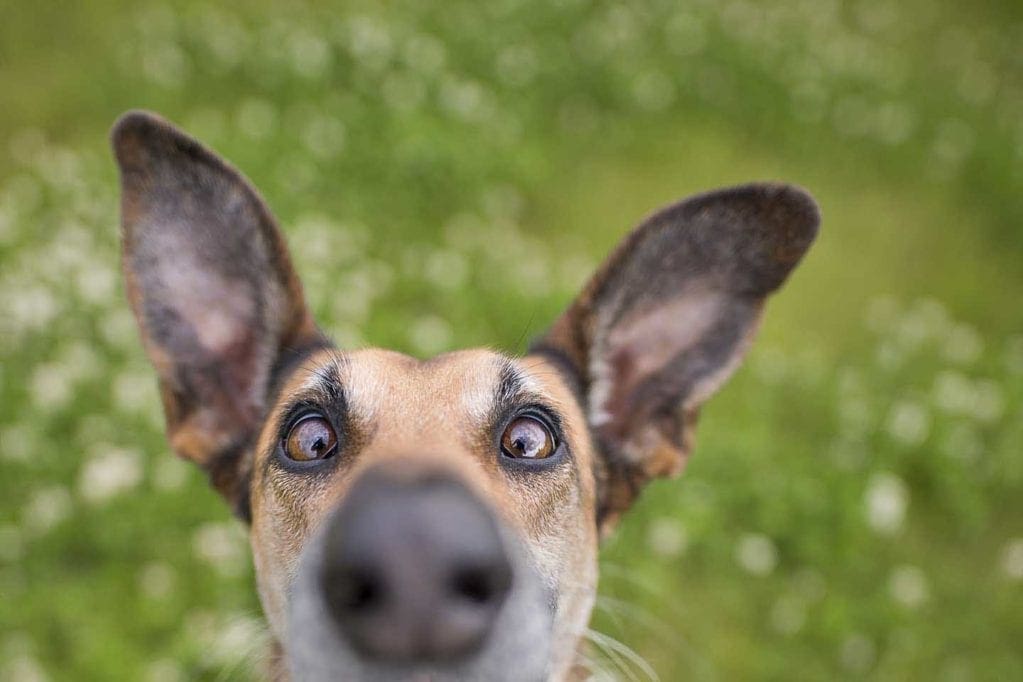
Do you think your photography has a certain style and look, or do you enjoy experimenting with different techniques and styles?
What I love about photography so much is that there are endless ways to be creative. When it comes to pursuing photography as a profession I believe in specialisation, though. I think it’s very important to be the expert for one genre and one particular style or topic. Ideally, you want to be the first that comes to a potential client’s mind when thinking about that particular subject.
I started out as an outdoor photographer. I loved being outdoors, in nature, with dogs. But I wanted to try everything. I decided to get some very basic studio equipment although in those days I thought studio photography with dogs was boring! So, I tried to come up with something I found interesting, which was dogs pulling funny or emotional expressions.
These pictures gained a lot of attention because they were a bit different. That was in 2014 and paved the way to me specialising in studio photography. But as photography is not only my profession but also my passion and hobby, I still try to find the time to try out different techniques and approaches. In my opinion, that’s vital to keep on working on your skills and not be stagnant in what you do.
Animal photography is a dream genre for many – what made you decide to specialise in cats, dogs and horses?
When I first decided to become a photographer, I thought I would try to make a living from all kinds of photography. Even though I was able to earn money from weddings, family sessions and business portraits along the way, I decided to focus entirely on what I really wanted to do. And that’s working with dogs, cats and horses.
Do you have any tricks or tips to get great photos of pets?
My main tip is to get to know as many dogs and cats as possible. Each and every one of them will have their own personality. With every individual you meet you’ll learn a new trick.
I have three dogs that are very different in character and have taught me a lot. Over the years I’ve met hundreds of different dogs and I still keep learning how to motivate them.
I also work with rescue dogs, going to Morocco to document the lives of stray dogs and the work of animal rescue organizations there. I took pictures of the dogs living on the streets and had to document whatever I was presented with. I couldn’t throw treats or get out a squeaker.
I also went to Spain to photograph dogs in a shelter. These dogs had lived on the streets and didn’t know any basic commands.
When a client arrives in my studio I give the dog some time to sniff around, to explore the room, to get used to the sounds and atmosphere. When I think that the dog seems comfortable, I fire a test flash to see how they react. Most dogs don’t even flinch.
If a dog is scared or insecure, it’s mostly because of the sound of the flash, not really the light itself.
I put my flash to low power, as the sound is subtler. You never know beforehand how the dog will react. If a dog is very sensitive and scared I prefer to take pictures outdoors, where I can use a telephoto lens to capture the scene in natural light and from a distance.
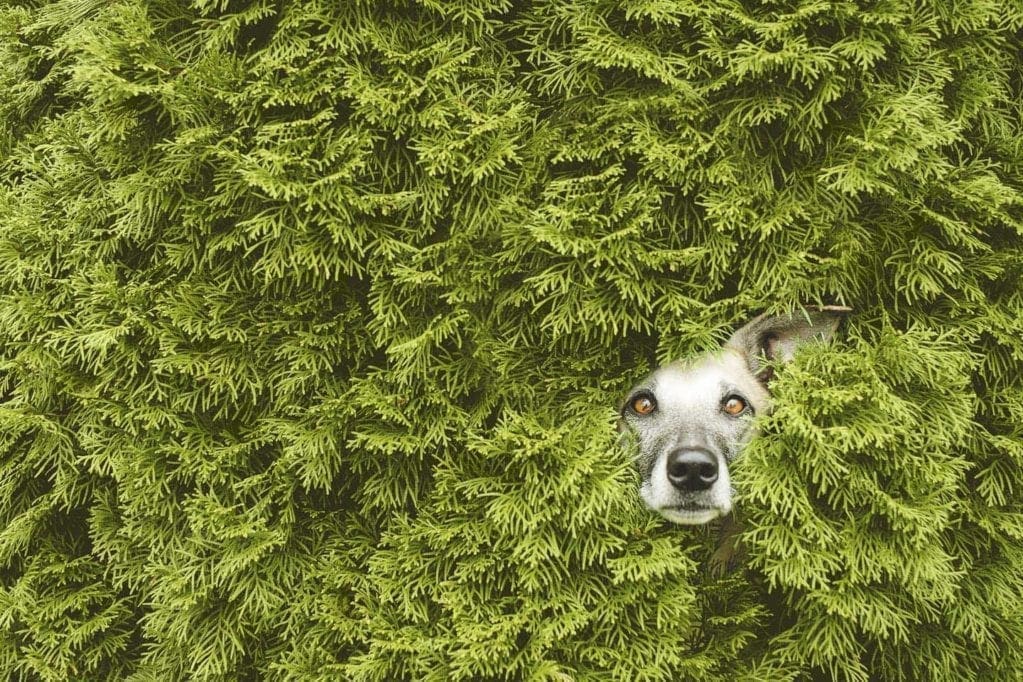
As a female photographer, do you feel that you face any particular challenges?
Before I became a photographer I worked in heavily male-dominated fields and companies, which was, quite frankly, exhausting from time to time. But it also taught me to try to stand my ground and to be more confident as I knew I had the qualifications and knowledge.
If you want to be successful with your photography business, I think you need to be proactively seeking opportunities instead of waiting for things to happen. Women often tend to be less secure and feel less qualified. Lots of us need more encouragement. Therefore, I think we need to encourage and support each other as much as possible.
I’m in a female-only group on Facebook, called SheClicks (started by Angela, one of Camera Jabber’s co-founders) and the atmosphere is friendly and supportive.
What are you working on at the moment and do you have any particular plans for the future?
I’d love to get a second book out. This year has been very busy and I didn’t have that much time to work on it, but over the next few months I want to have something ready to send out to publishers.
Furthermore, I constantly work on my licensing archive with dog and cat images. This is lots of fun and my main occupation. My pictures are only licensed via me. Thus I know where my pictures are going to be used and I do my own pricing. It’s more exclusive than getting your pictures from a picture agency.
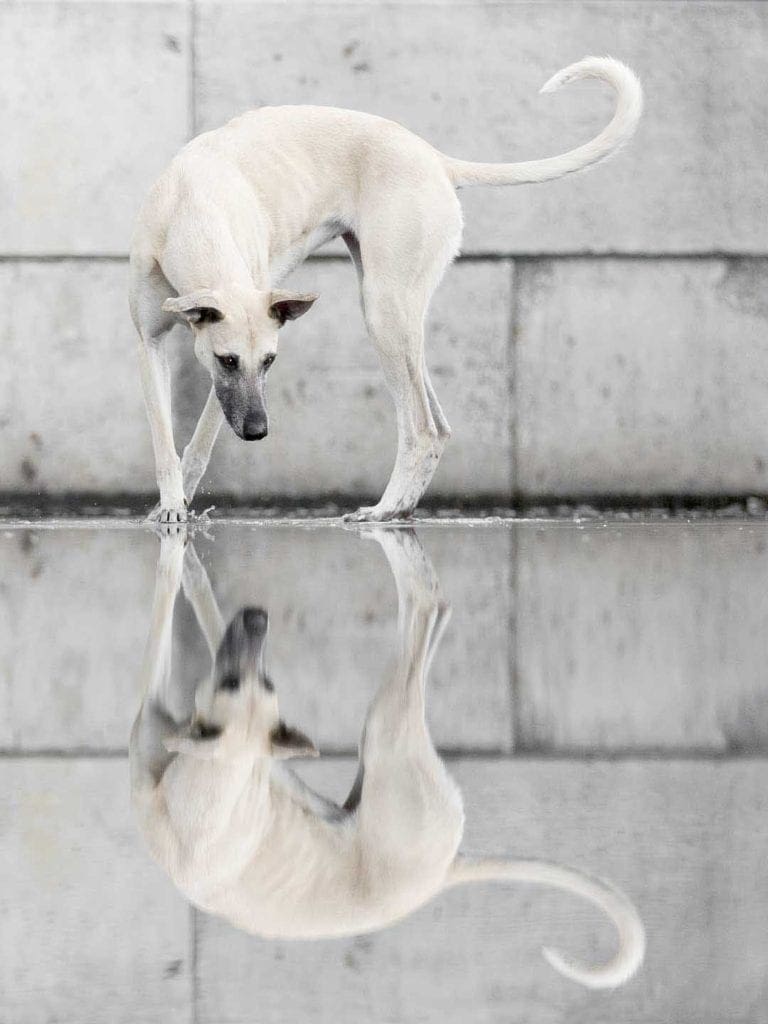
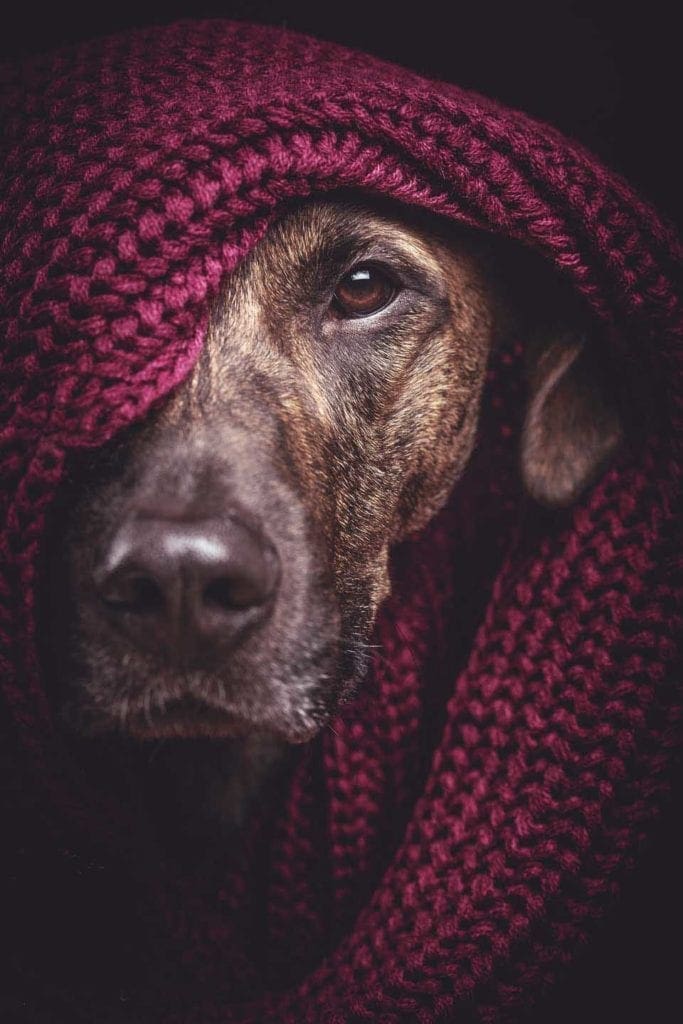
Are there any tips that you’d like to give to aspiring photographers?
Be prepared to work hard. I know, that doesn’t sound like fun, but in a massively oversubscribed field, those who survive make sure they do what they love and work on their skills continuously and patiently.
If you are just starting out, have the courage to price decently from the beginning. You will never make a living from photography if you try to compete by price. There will always be somebody who’s cheaper.
Don’t obsess over what other photographers do. If you need inspiration, look for it in other genres or creative fields. Don’t follow trends. Be a trendsetter.
Be proactive; don’t wait for the opportunity to strike. Present your work to people who might be interested in it. The worst thing that could happen is that you don’t get an answer. I get rejected all the time. Get used to it. But keep on going out there, meet real people and present your work as often as possible.
Put together a portfolio and work on personal projects to enhance your skills and eye for detail.
After 8 years I still work hard every day, but I have the patience and tenacity to keep on working on business, marketing, photographic, people skills, my confidence, etc. But I also make sure that I focus on what I love the most.
This also means getting help where I need it – a special thanks goes out to my tax adviser!
It’s an interesting and fun journey, but also quite challenging in many ways. Make sure the struggle is worth it.
View Elke’s images on her website
Follow her on Instagram: @wieselblitz
